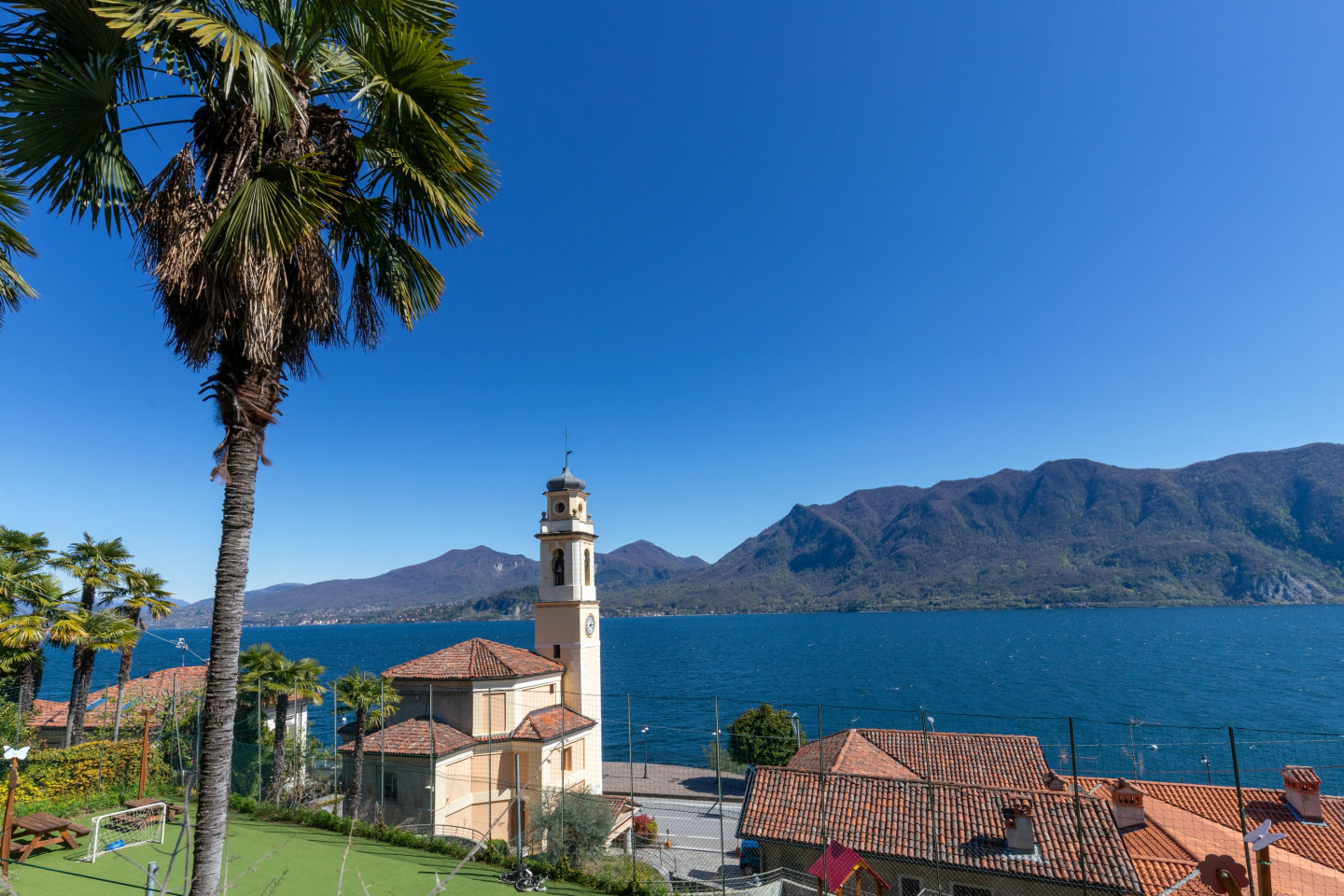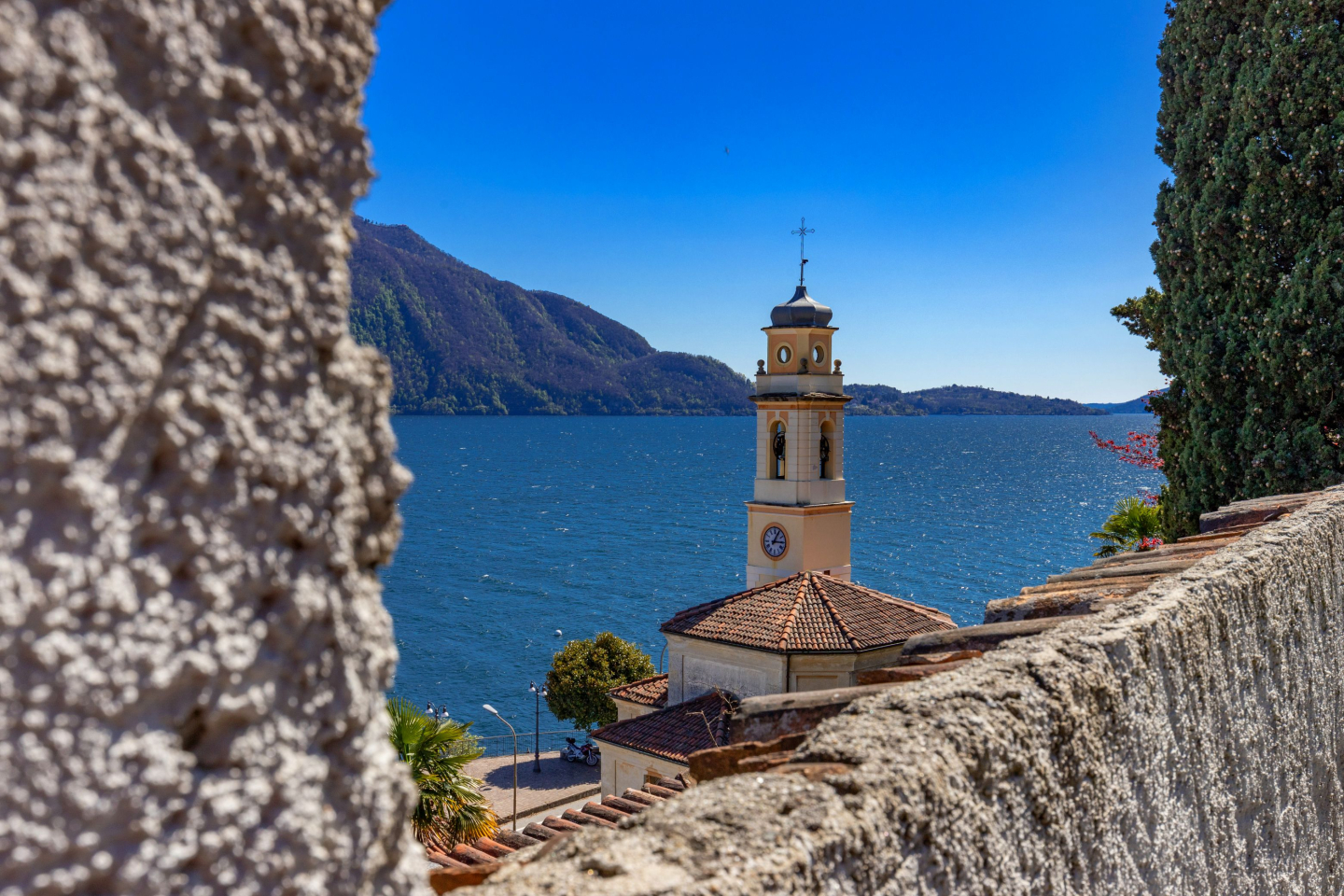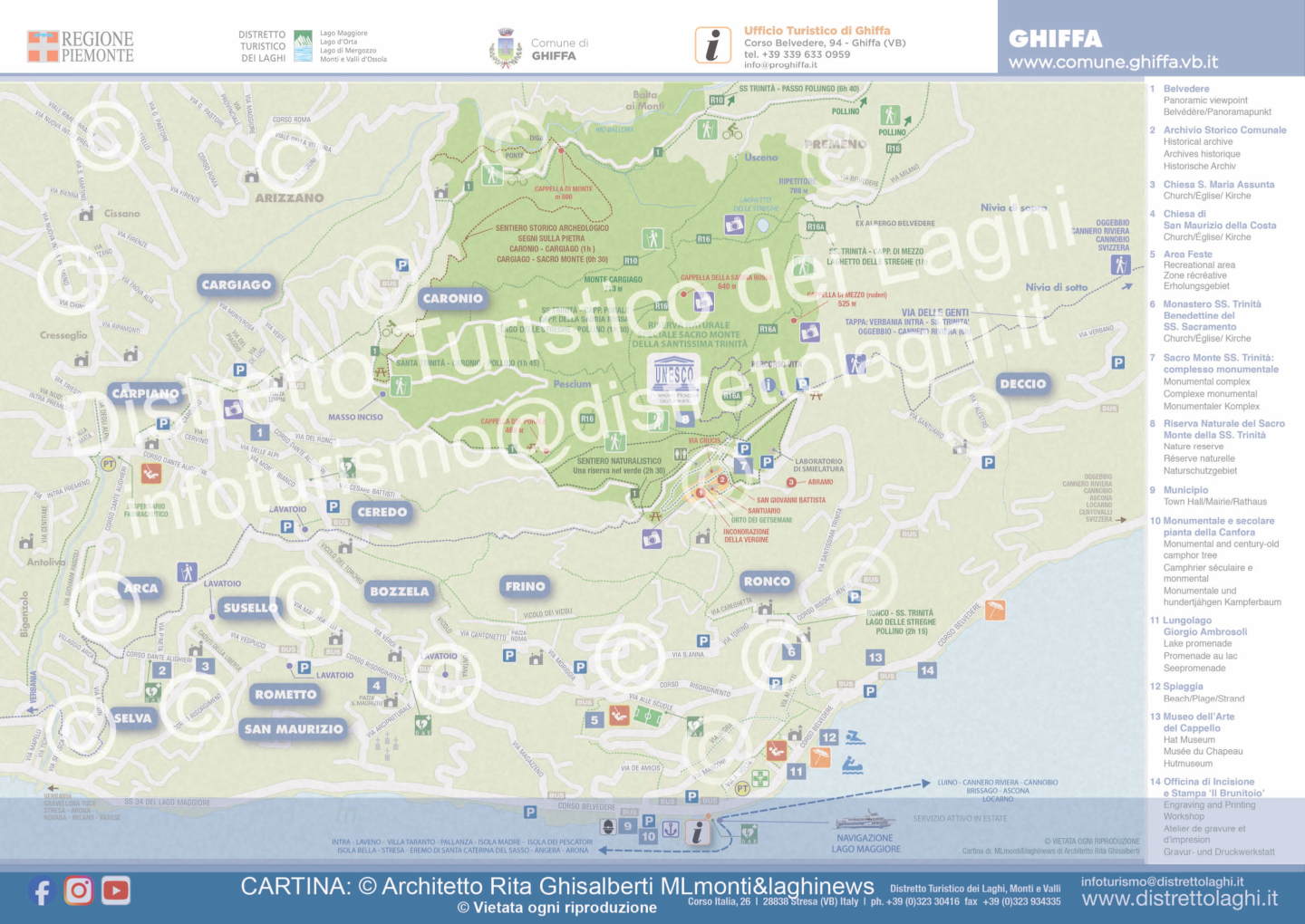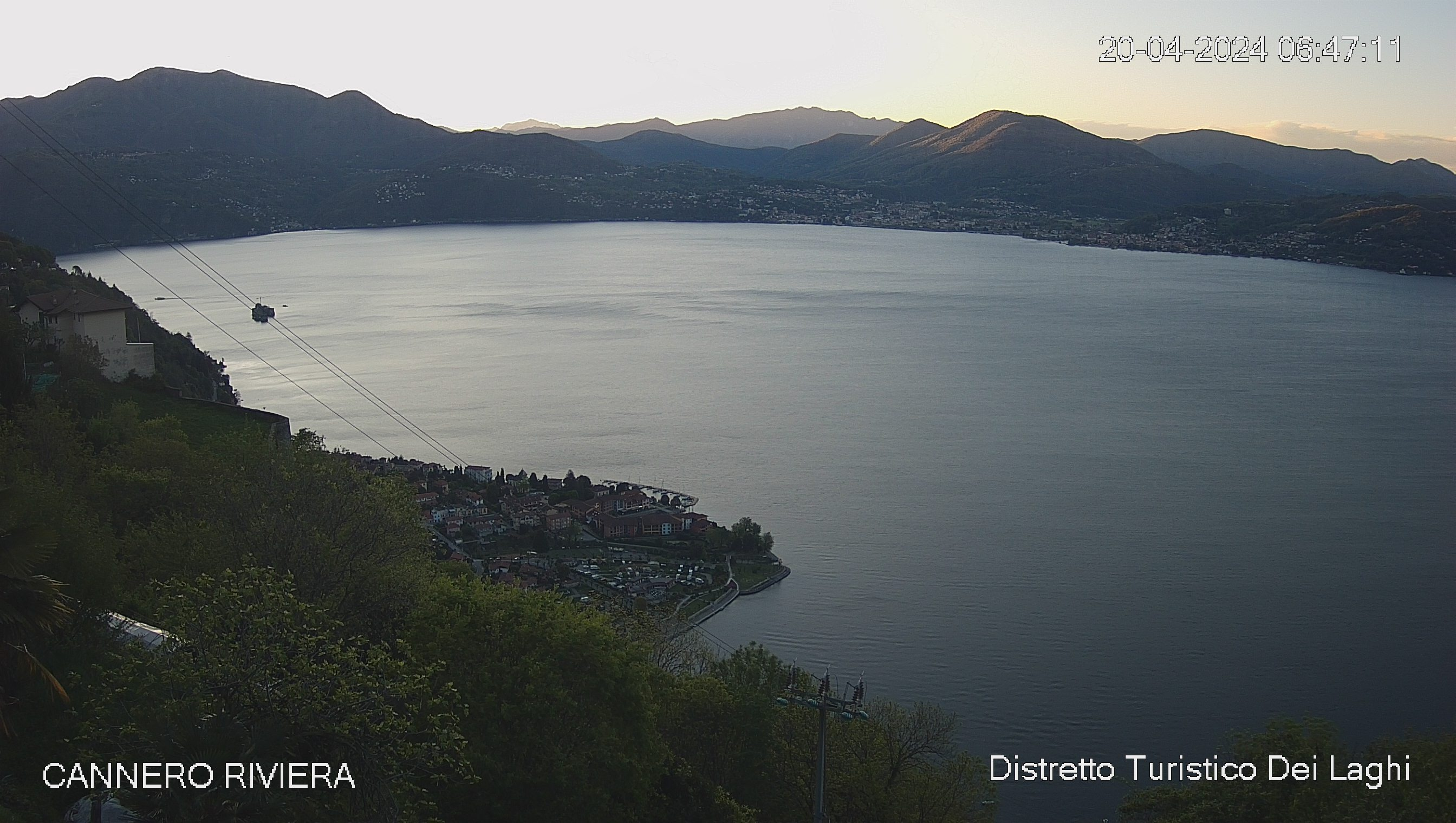Ghiffa
The small municipality stretching from the shores of the lake to the summit of Mount Cargiago, with its fifteen hamlets, thirteen churches and numerous votive chapels descends directly from the ancient "degagna" (hamlet) of San Maurizio della Costa, a medieval division of the Verbania territory dependent on Intra, with both civil and religious significance.
One of the most beautiful treasures is the Sacro Monte della Santissima Trinità (Holy Trinity). It is the ideal place to spend your time, immersed in nature, walking along paths through the forest or admiring the monumental complex that includes three chapels, the sanctuary and the portico of the Stations of the Cross.
On the lakefront, you will find the Hat Museum: an eclectic space dedicated to the history of hat-making carried out with utmost quality by Cappellificio Panizza. Here, Giovanni Panizza, originally from Biella, opened the hat factory of the same name in 1879, reaching international fame.
Among the hamlets are:
CARGIAGO. The woods that climb from Cargiago to the Trinità Sanctuary from the lake open up along a sequence of paths and mule tracks that offer admirable panoramic views of the upper Lake Verbano.
CEREDO. It was the seat of the court or bench of justice of the Morigia feudal lords and the balcony where sentences were proclaimed is still visible.
SUSELLO. The ancient village was destroyed, almost completely, by the plague of 1630. The jewel of the place is the church of Santa Maria Assunta, a national monument dating back to 1173. A great artistic attraction is the 16th-century fresco cycle by Joannes Maria de Rumo da Oleggio, a painter belonging to the Gaudenzio Ferrari School.
SELVA. Near Selasca, where the Ballona stream crosses the old bridge and slips into the lake, we find Selva, once the site of the renowned Bianchi spinning mill, later Cucirini Cantoni Coats. The area that was originally a thick forest is now the site of a residential and sports complex. Towards San Maurizio, Prince Pietro Troubetzkoy had Villa Ada built in a sumptuous park full of exotic plants.
SASSO. From the two-column chapel dedicated to the Madonna di Re, where a mouth of fresh water gushed out as early as 1881, you can ascend to the forecourt of an old villa. Above, in the forest, wood was collected and, in special clearings, charcoal was burned, which was marketed in the 18th and 19th centuries in Milan, by loading it onto "burchielli" (typical boats) that travelled along the lake and canals.
SAN MAURIZIO. The scenic parish church was rebuilt in the 16th century by expanding an oratory from the 12th century. The village was built around it. The school building run by the Ravasco Sisters stands out, inaugurated in 1910 at the behest of Teresa Ceriana Racca.
BOZZELA. The steep stretch of road leading to the lake once led to the large dock of the Morigia family and was also the site of large stables of the feudal lords who used the neighbouring meadows.
FRINO. It was the centre of feudal administration; here we find the palace of the Morigia family, feudal lords of the San Maurizio hamlet, perhaps on the site of an ancient castle. The lunette of the oratory portrays a Nativity of Mary, a fresco by Daniele Ranzoni.
RONCO. Next to the church, where Counts Marocco used to live, in 1920 Dr Luigi Rovetta founded the large sanatorium famous for its cure of metabolic diseases. The natural cure for detoxification was based on herbs. The sanatorium, which closed in 1980, is now being redeveloped as a residential hotel.




